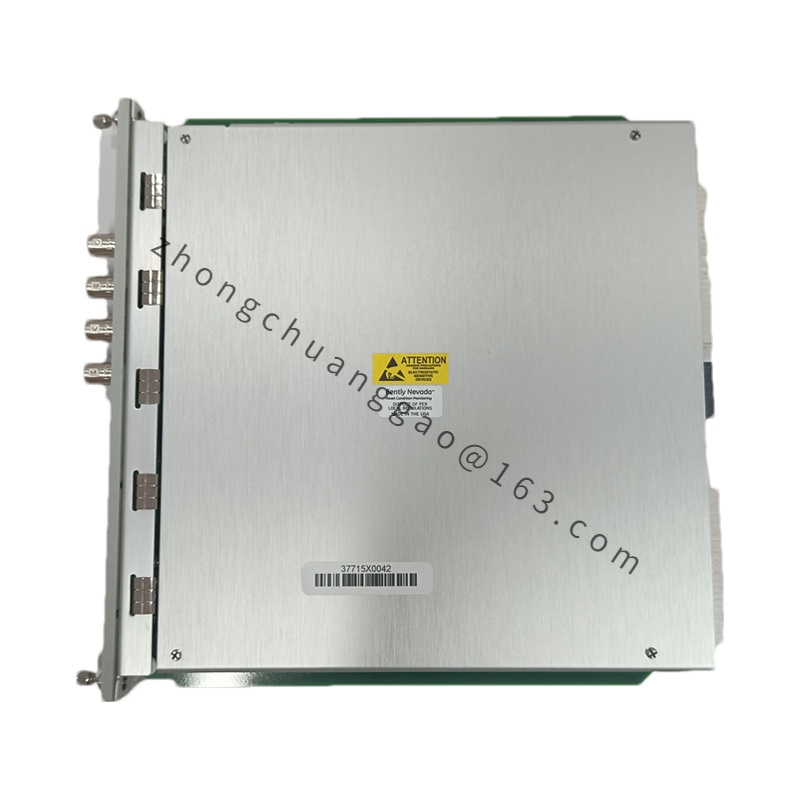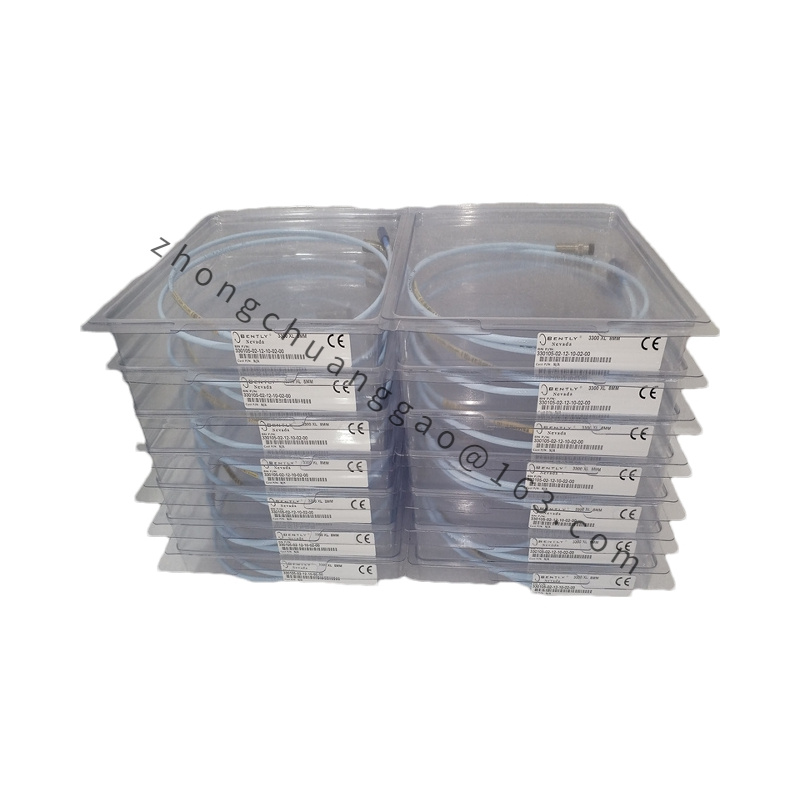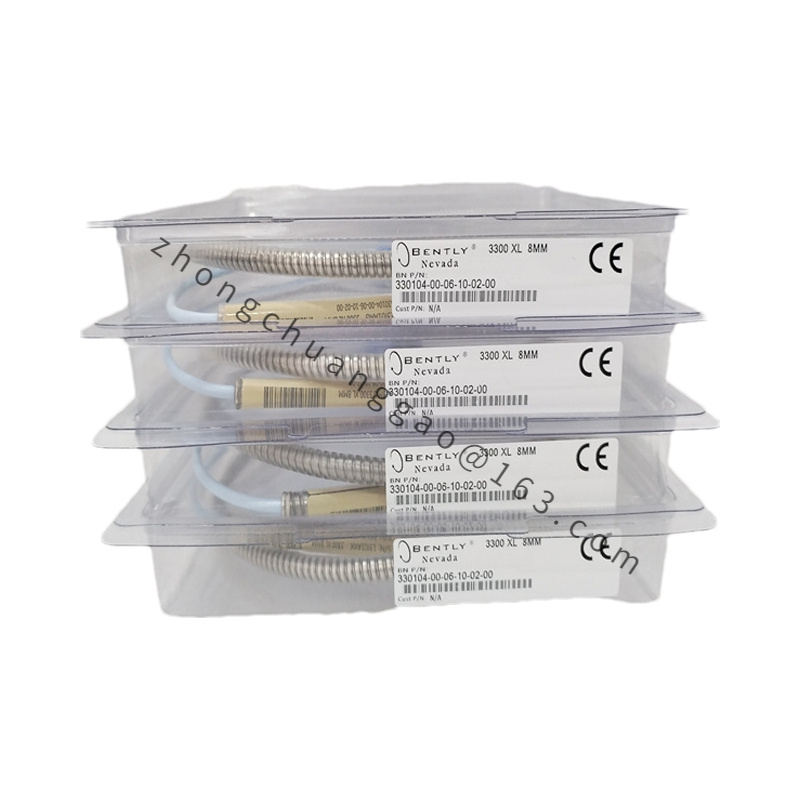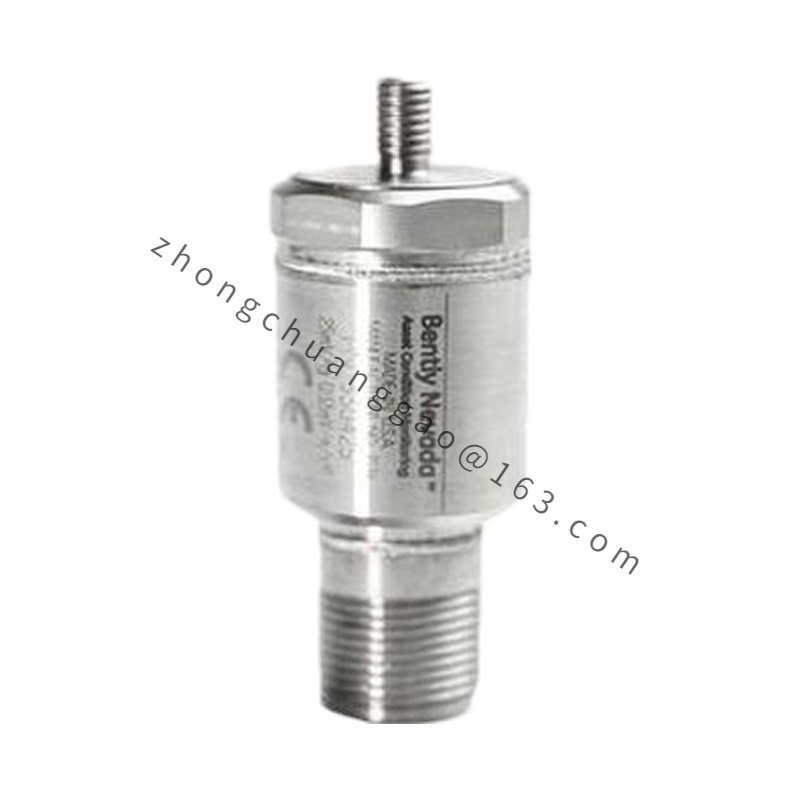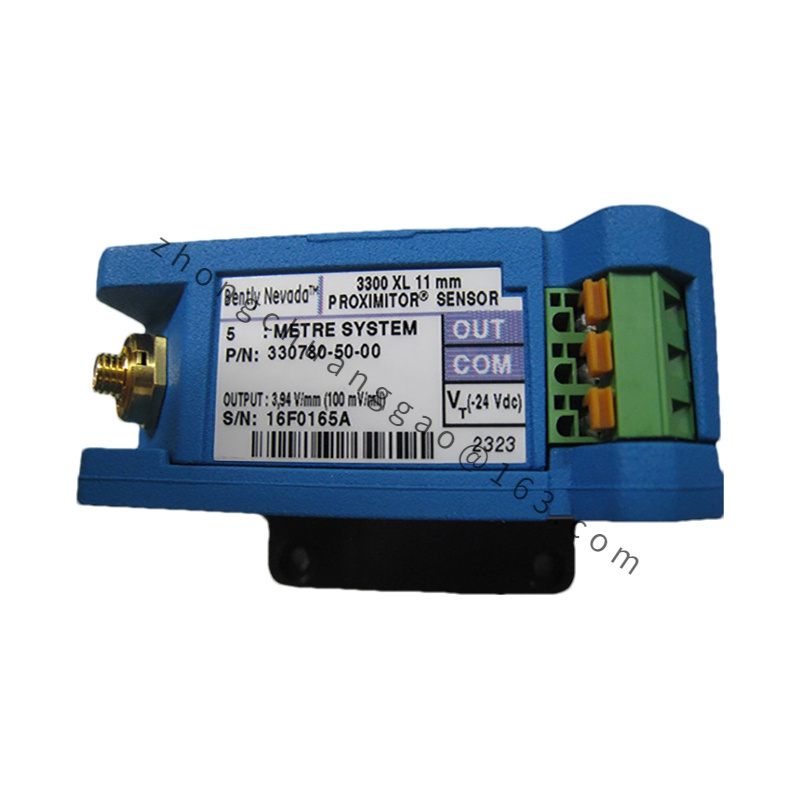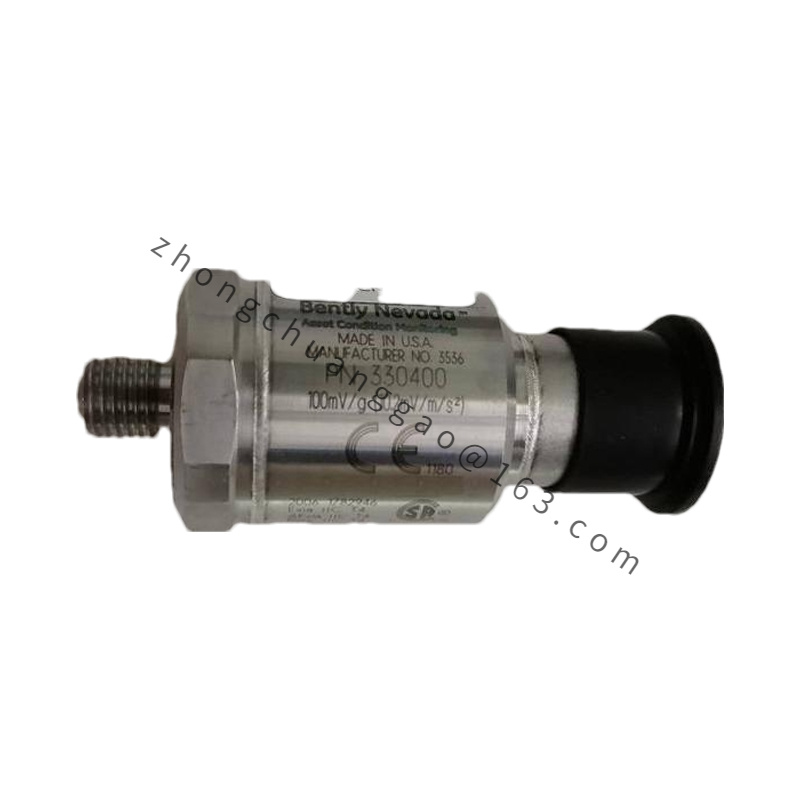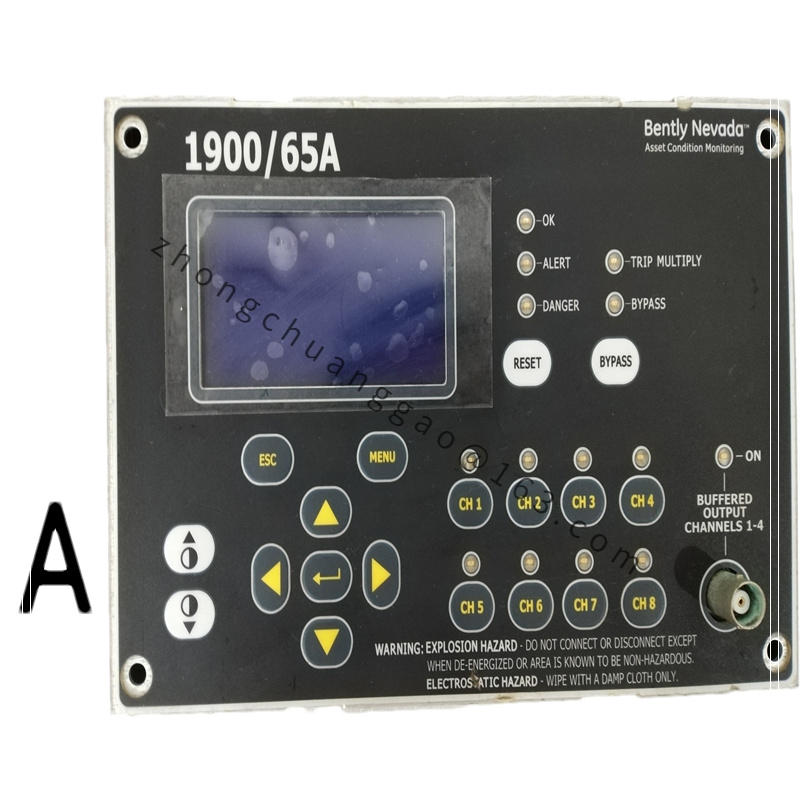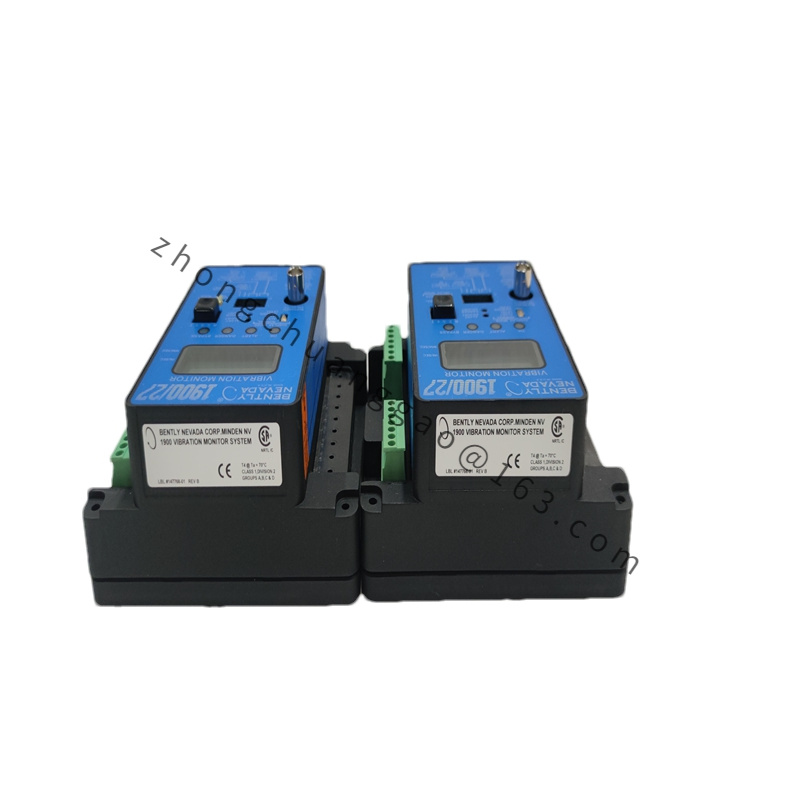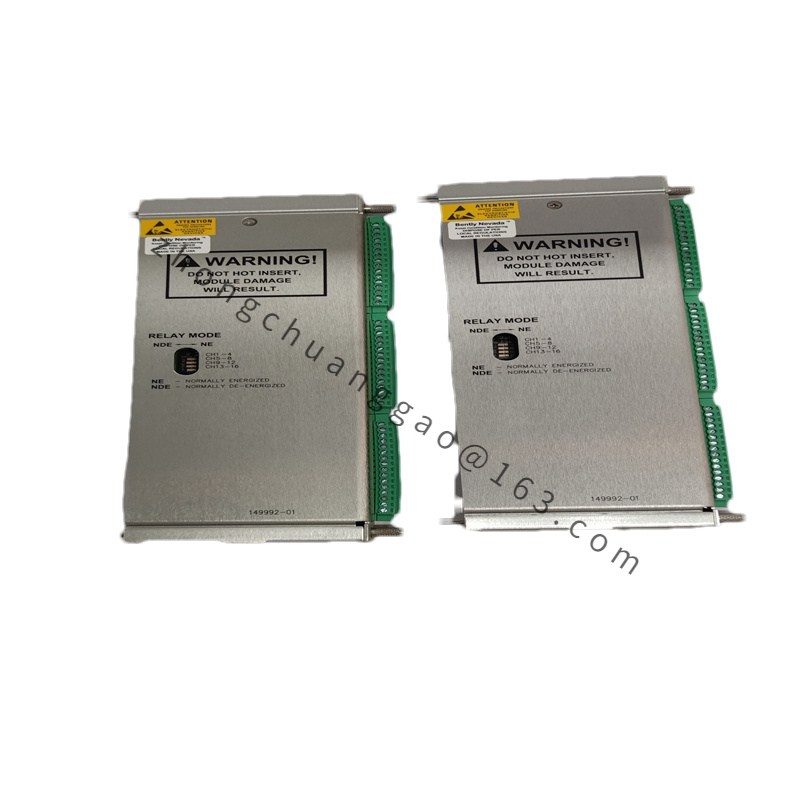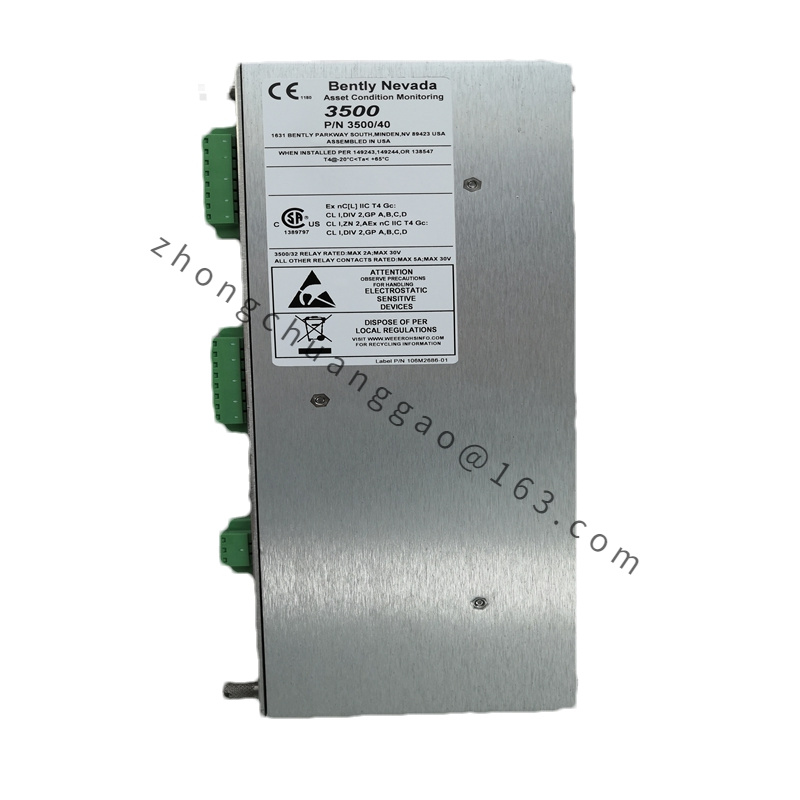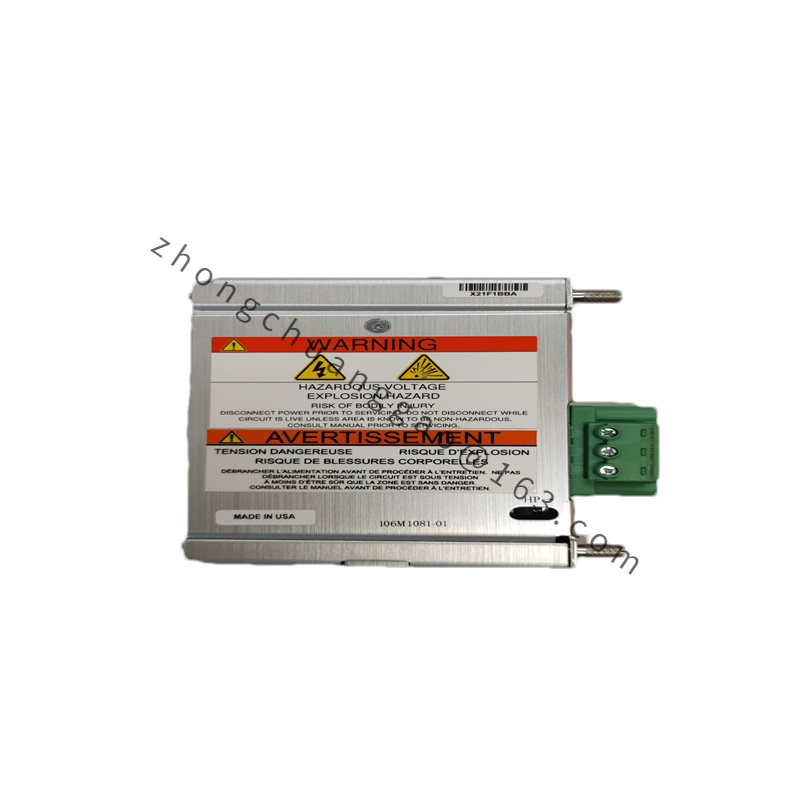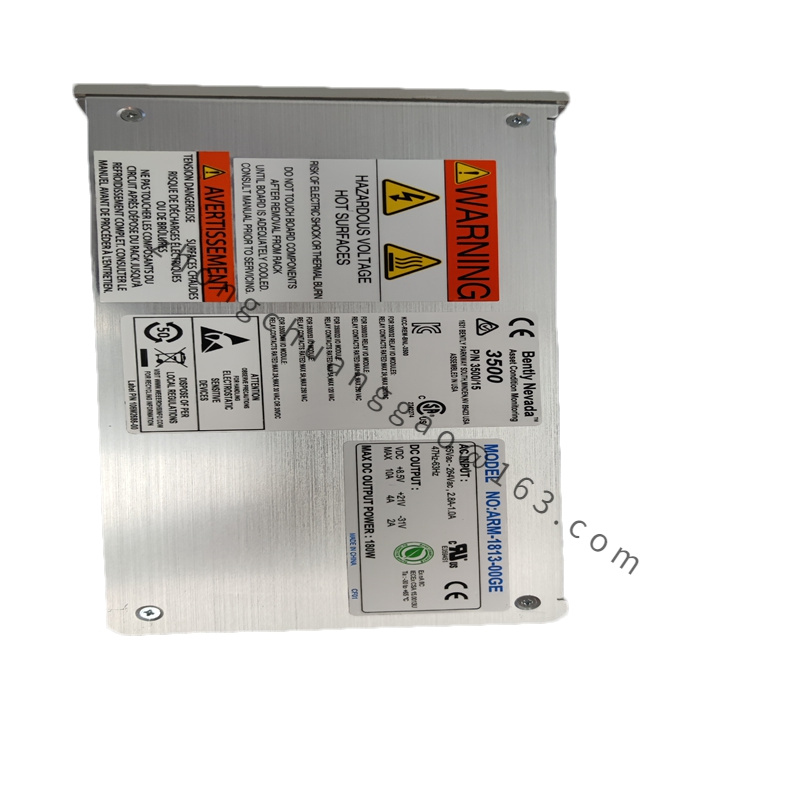Detailed content
Technical Specifications
- Type:
- Category: Vibration Monitoring Module
- Measurement Channels:
- Number of Channels: Typically supports up to 4 channels of vibration monitoring.
- Input Type:
- Sensors: Compatible with a range of vibration sensors including accelerometers and velocity sensors.
- Signal Type: Accepts analog signals from various types of vibration sensors.
- Frequency Range:
- Measurement Range: Covers a broad frequency range suitable for monitoring a wide variety of equipment.
- Power Requirements:
- Supply Voltage: Typically requires 24V DC, but specific requirements should be confirmed with the manual.
- Output Signals:
- Outputs: Provides analog outputs, typically 4-20mA, for real-time data monitoring.
- Communication: Supports communication protocols like Modbus or other standard protocols for integration with control systems.
- Environmental Conditions:
- Operating Temperature: Generally operates between -20°C to +60°C.
- Relative Humidity: Designed to work in environments with 5% to 95% relative humidity (non-condensing).
Functional Features
- Real-Time Vibration Monitoring:
- Precision: Provides accurate real-time measurement of vibration levels, crucial for detecting and diagnosing mechanical issues.
- Data Analysis: Capable of advanced analysis such as vibration frequency spectrum to assess equipment condition.
- Alarm and Alert Functions:
- Alarms: Configurable alarms that trigger when vibration exceeds predefined thresholds, alerting operators to potential issues.
- Thresholds: Customizable alarm settings to suit different equipment and operational requirements.
- Diagnostics and Reporting:
- Diagnostics: Offers diagnostic capabilities to assist in identifying and troubleshooting problems with machinery.
- Reporting: Generates reports and trends to aid in predictive maintenance and performance assessment.
- Integration and Compatibility:
- Control Systems: Integrates seamlessly with Bently Nevada’s 3500 Series machinery protection systems and other industrial control systems.
- Compatibility: Designed to be compatible with various vibration sensors and data acquisition systems.
- User Interface:
- Configuration: Configured via a user-friendly interface, typically through the 3500 Series System Manager software or other compatible tools.
Application Scenarios
- Industrial Machinery Monitoring:
- Applications: Used in monitoring the vibration of rotating machinery such as pumps, compressors, turbines, and motors.
- Objective: Aims to prevent unexpected equipment failures by providing early warning signs of potential issues.
- Process Industries:
- Industries: Commonly used in industries such as oil and gas, chemical processing, and power generation.
- Purpose: Ensures the reliability and safety of critical equipment in these sectors.
- Predictive Maintenance:
- Maintenance Strategy: Supports predictive maintenance strategies by providing actionable insights into equipment health.
- Benefits: Helps reduce downtime and maintenance costs through early detection of potential problems.
- Condition Monitoring:
- Monitoring: Employed as part of a broader condition monitoring system to continuously assess machinery performance.
- Advantage: Enhances operational efficiency and reliability by monitoring vibration patterns and trends.
Additional Considerations
- Installation and Maintenance: Follow Bently Nevada’s installation guidelines to ensure proper setup and integration. Regular maintenance and calibration are recommended for optimal performance.
- Technical Support: For further technical details, configuration guidance, and support, consult Bently Nevada’s official documentation or contact their technical support team.

